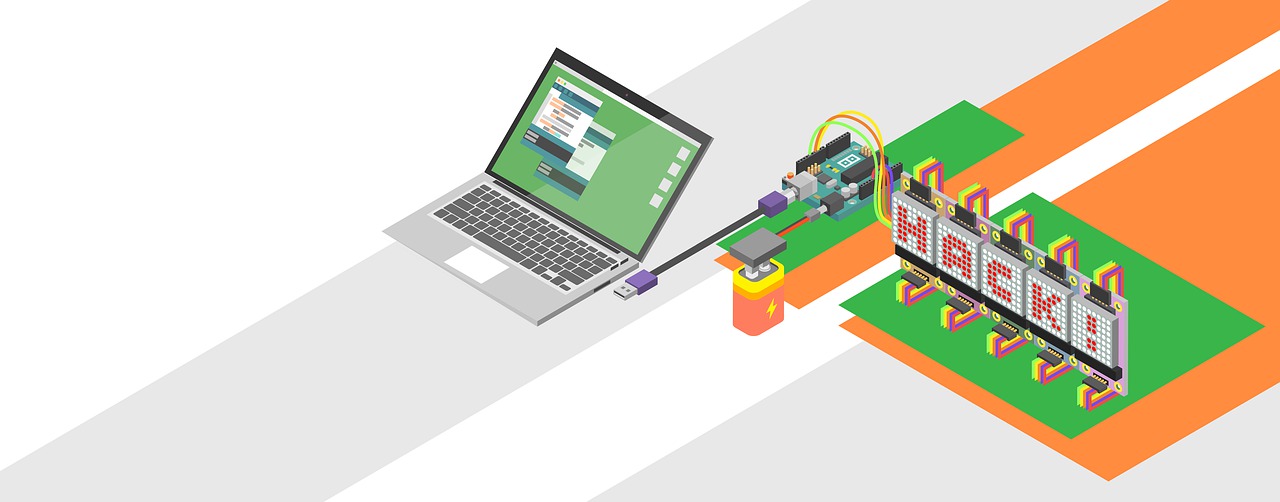Genetic studies, in recent years, have traced the origins of the majority of population groups in the Indian sub-continent to two ancestral populations– Ancestral North Indian and Ancestral South Indian. At the same time, it is seen that the sizeable population group of Mundas in central and northeast India shares genetic ancestry with Southeast Asian populations as well.
A new study now has revealed how and when this admixture between Mundas and Southeast Asian populations took place.
The study has found that genetic makeup of Mundas is a result of an interaction that happened two to four thousand years ago between Indian Dravidian and Southeast Asian populations. It has also become clear that among Southeast Asian populations, Mundas are genetically closer to tribes of Malaysian peninsula like Mah Meri and Temuan, rather than Austroasiatic groups in geographically closer countries like Vietnam or Cambodia.
Mundas belong to a tribal group which is spread over states in central India. Earlier archaeological, linguistic and genetic studies have shown that they belong to Austroasiatic speakers who are spread over Southeast Asia. Mundas have both the South Asian and Southeast Asian genetic signatures.
The analysis of DNA samples of Mundas and other population groups in South and Southeast Asia has shown that people from Laos are the best representative of the Southeast Asian admixture in the Munda population. The Lao population is responsible for one-third genetic contribution to Munda people in India while the remaining two thirds genetic component comes from early Dravidians of Kerala – Paniya or Pulliyar.
Researchers analyzed 102 individual samples from Munda speaking populations in the context of 978 other samples from 72 populations mainly from India, Southeast Asia, and East Asia. The international team of researchers was led by Kai Tatte of the Estonian Biocentre-Institute of Genomics of University of Tartu, Estonia. The results of the study have been published in the journal Scientific Reports.
“The best modern proxies for the source populations of Munda that went through admixture are Lao people from Laos and Dravidian speakers from Keralite Dravidians (Paniya or Pulliyar). It is also clear that initial Dravidians with whom the incoming Southeast Asians admixed had a smaller West Eurasian genetic component than the present day Pulliyar or Paniya groups,” explained said Ajai K Pathak, a member of the research team at University of Tartu, Estonia, while speaking to India Science Wire.
The study also included Dr. Gyaneshwer Chaubey, an expert on South Asian population genetics at the Banaras Hindu University (BHU). “To me, the most fascinating finding is the timeline of Munads arrival in India. Our previous study had shown that the Mundas arrived from Southeast Asia and the migration was male-mediated, but it did not pinpoint their location and time of arrival. Now we were able to pinpoint their cradle to Laos and time of arrival to last 3-4 thousand years,” Dr. Chaubey told India Science Wire.
The research team included scientists from Estonia, India, Italy, Australia, Vietnam, Bangladesh, Israel, and Belgium. (India Science Wire)
By Dinesh C Sharma
If you liked this article, then please subscribe to our YouTube Channel for the latest Science & Tech news. You can also find us on Twitter & Facebook.



